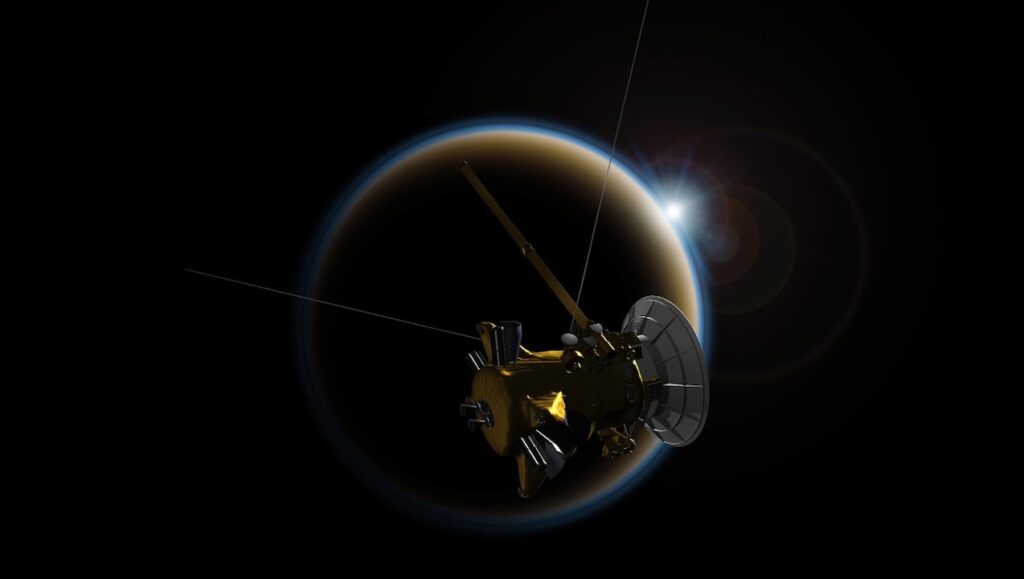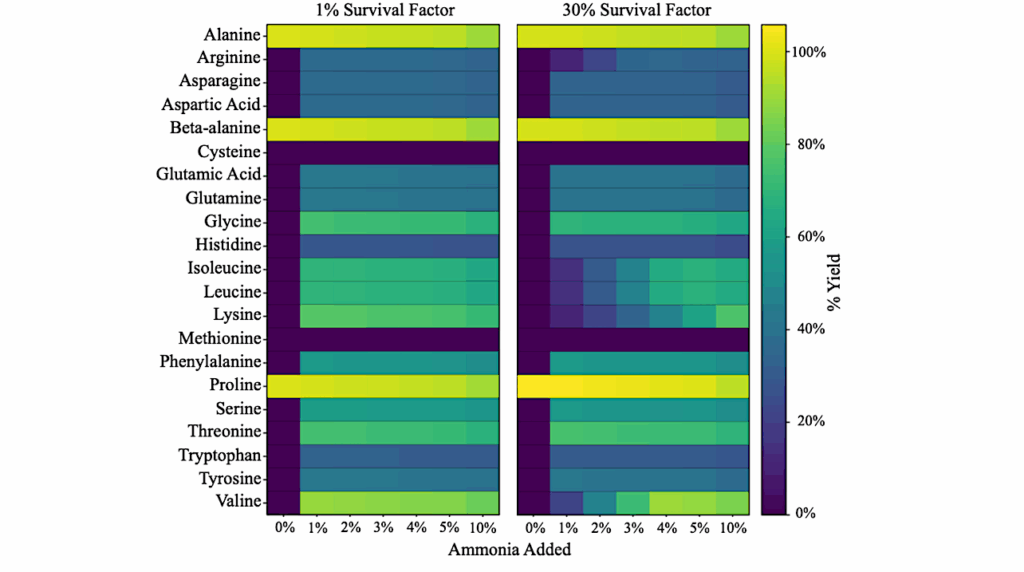Air-Sea Interactions on Titan: Lake Evaporation, Atmospheric Circulation, and Cloud Formation

Titan’s abundant lakes and seas exchange methane vapor and energy with the atmosphere via a process generally known as air-sea interaction.
This turbulent exchange process is investigated with an atmospheric mesoscale model coupled to a slab model representation of an underlying lake. The impact of lake size, effective lake mixed layer depth, background wind speed, air-lake temperature differential, atmospheric humidity, and diabatic heating of the atmosphere on air-sea interaction processes is studied through 67 two-dimensional simulations. The general, quasi-steady solution is a non-linear superposition of a plume circulation driven by the buoyancy of evaporated methane and an opposing thermally direct (sea breeze) circulation driven by the thermal contrast between the cold marine layer over the lake and the warmer inland air.
The specific solution depends on the value of selected atmosphere and lake property parameters and ranges from a persistent and strong methane-rich plume circulation over the lake with little to no sea breeze, or a rapidly developing sea breeze with a highly suppressed plume circulation. The solutions that appear most consistent with limited observational constraints are those where a sea breeze circulation is able to offset the opposing plume circulation.
This scenario results in a cool, moist, and statically stable shallow marine layer with nearly calm winds and small turbulent flux exchanges with an underlying lake that is at least 2 K colder than the atmosphere. Other configurations produced extreme scenarios with strong surface winds that could trigger waves, supersaturated layers at the top of the plume circulation that would be conducive to cloud formation, and lakes cold enough to freeze. These extreme scenarios are unlikely to be realistic based on limited observational constraints.
Scot C. R. Rafkin, Alejandro Soto
(Submitted on 30 Mar 2019)
Comments: In review at Icarus
Subjects: Earth and Planetary Astrophysics (astro-ph.EP); Atmospheric and Oceanic Physics (physics.ao-ph)
Cite as: arXiv:1904.00120 [astro-ph.EP] (or arXiv:1904.00120v1 [astro-ph.EP] for this version)
Submission history
From: Alejandro Soto
[v1] Sat, 30 Mar 2019 00:09:55 UTC (4,980 KB)
https://arxiv.org/abs/1904.00120
Astrobiology, Astrochemistry








